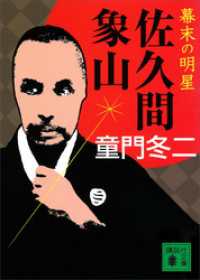基本説明
Despite the ideological and technological differences between the czarist Russia and its successor, the Soviet Union, both strove toward a theory that became known as operational art.
Full Description
In the first half of the twentieth century, both czarist Russia and its successor, the Soviet Union, were confronted with the problem of conducting military operations involving mass armies along broad fronts, a characteristic of modern war. Despite the ideological and technological differences between the two regimes, both strove toward a theory that became known as operational art - that level of warfare that links strategic goals to actual combat engagements. From the Russo-Japanese War of 1904-1905, through World War I, the civil war, and to the eve of World War II, modern operational art grew from theoretical speculations by a small group of officers to become a critical component of the Soviet art of war. In this first comprehensive treatment of the subject, Richard Harrison shows how this theory emerged and developed to become - despite radically different political settings and levels of technology - essential to the Red Army's victory over Germany in World War II. Tracking both continuity and divergence between the imperial and Red armies. Harrison analyzes, on the basis of theoretical writings and battlefield performance, the development of such operationally significant phenomena as the ""front"" (group of armies), consecutive operations, and the deep operation, which relied upon aircraft and mechanized formations to penetrate the kind of intractable defense systems that characterized so much of World War I. Drawing upon a wide range of sources, including memoirs, theoretical works, and materials from the Russian military archives (many presented here for the first time), Harrison traces the debates within the Russian and Soviet armies that engaged such theorists as Neznamov, Svechin, Triandafillov, and Isserson. The end result is an exemplary military intellectual history that helps illuminate a critical element in the ""Russian way of war.


















